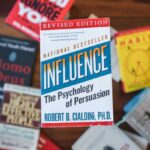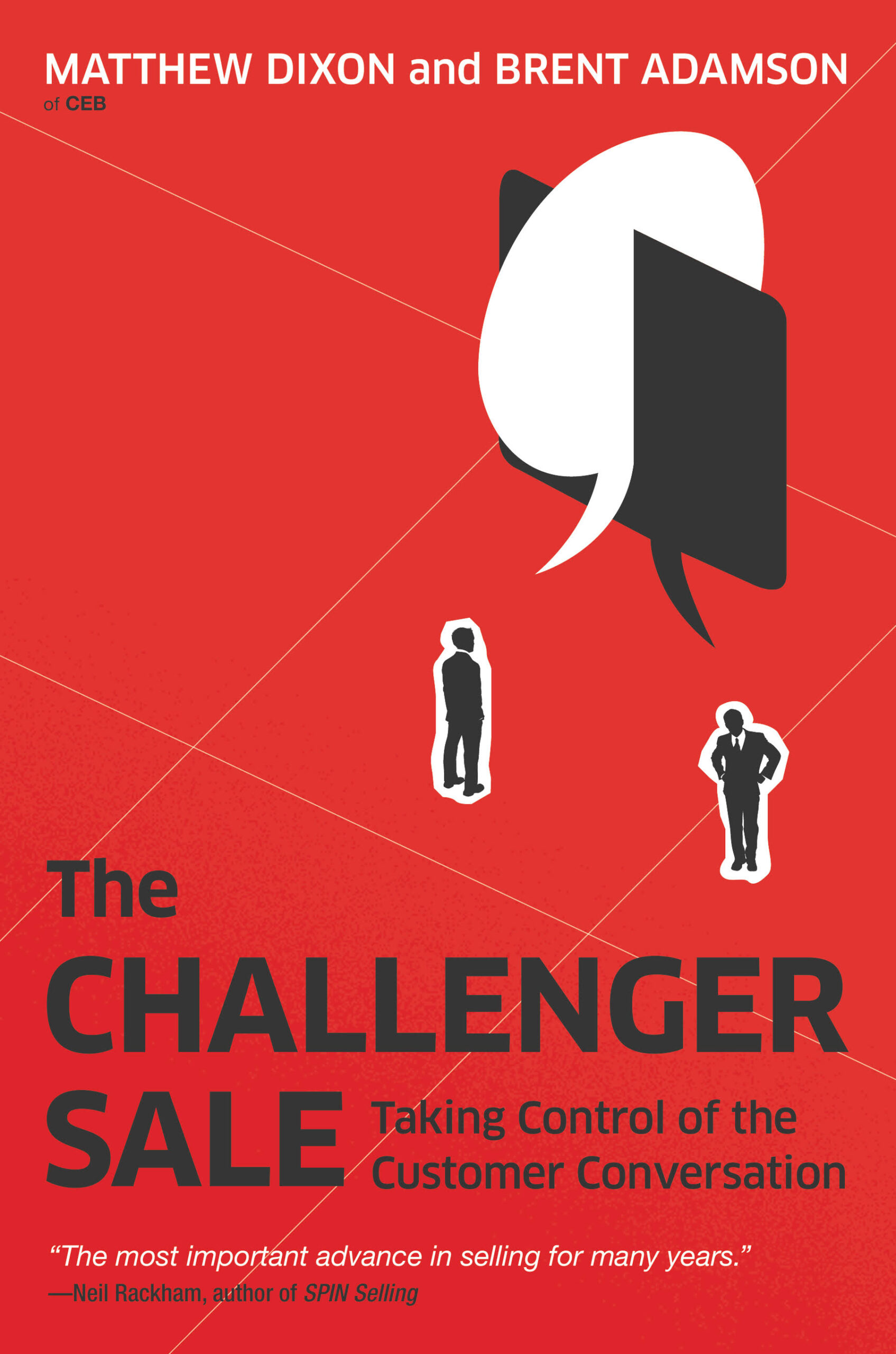When it comes to marketing, small businesses should understand that psychology and sales are two parts of the same coin. From the world of psychology, one cognitive bias that a small business owner should embrace when it comes to marketing is known as “the halo effect.” Technically speaking, the halo effect is a cognitive bias in which the customer’s overall impression of a person, company, or brand is influenced by a customer’s previous favorable experience with other products the customer associated with it.
An example of the halo effect could be the experience associated with the salesperson himself. For example, studies have shown that a more attractive salesperson is perceived to be more intelligent and honest than a less attractive one. We have been conditioned to think pretty is good and ugly is bad. Consider Snow White – she was attractive and good, compared to the witch, who was ugly and bad. Stereotypes like these are repeated again and again and affect our subconscious perceptions. Often in politics, the candidate that is more attractive is much more likely to win the election than the less attractive candidate regardless of party affiliation or position on the issues.
The halo effect is why brands use celebrities to endorse their product and is the psychology of influence marketing. It is a well-known fact that whenever a relatively unknown singer releases a breakthrough album that resonates with their fans, sales of previous albums rise and future sales make a bigger splash. It works for companies too. When Apple introduced its successful iPod in 2005, the sales of Apple computers jumped 27% due to the halo effect despite a pullback in advertising for the Macintosh computer line. The positive impression associated with the iPod spilled over to the PC side of the house. In another example, when Motorola introduced the popular Razr cell phone, it saw a major uptick in the sales of other cell phones due to the halo effect.
When it comes to advertising and the halo effect, companies can drive better sales by promoting their best sellers. Rather than promoting HBO as a movie channel, HBO used the halo effect when it promoted its popular show “The Sopranos.” As a result, they saw a huge uptick in overall HBO subscriptions. Sirius satellite radio did the same when it promoted the then newly signed Howard Stern and more than quadrupled its subscribers, most of which never had any desire to listen to Stern but were drawn in by the PR sensation it created.

Thinking back, I first encountered the halo effect as a child growing up in New York, but at the time I didn’t understand the significance or the brilliance of the idea. I recall a supermarket chain where my parents often shopped called King Kullen. About one-quarter of their products were priced at cost, another quarter was priced at just slightly over cost, and the remaining products were sold with a rather healthy margin. The King Kullen weekly circular chose to advertise the items that were selling at cost. The ads drew attention to King Kullen’s low prices, but customers coming in to take advantage of the advertised specials also purchased many higher margined items as well, leading to the success of the chain.
When it comes to overcoming the cluttered world of advertising, it is always a good idea to double down on your strengths and leverage the halo effect. The lesson for the small business owner is to place their bets on the best horse in their stable and allow their other products to draft on its success. What you choose to advertise can be very different from what you make money on. The study of marketing begins with psychology and there is no better place to start than by applying the halo effect.
How can you apply the halo effect to your business?












